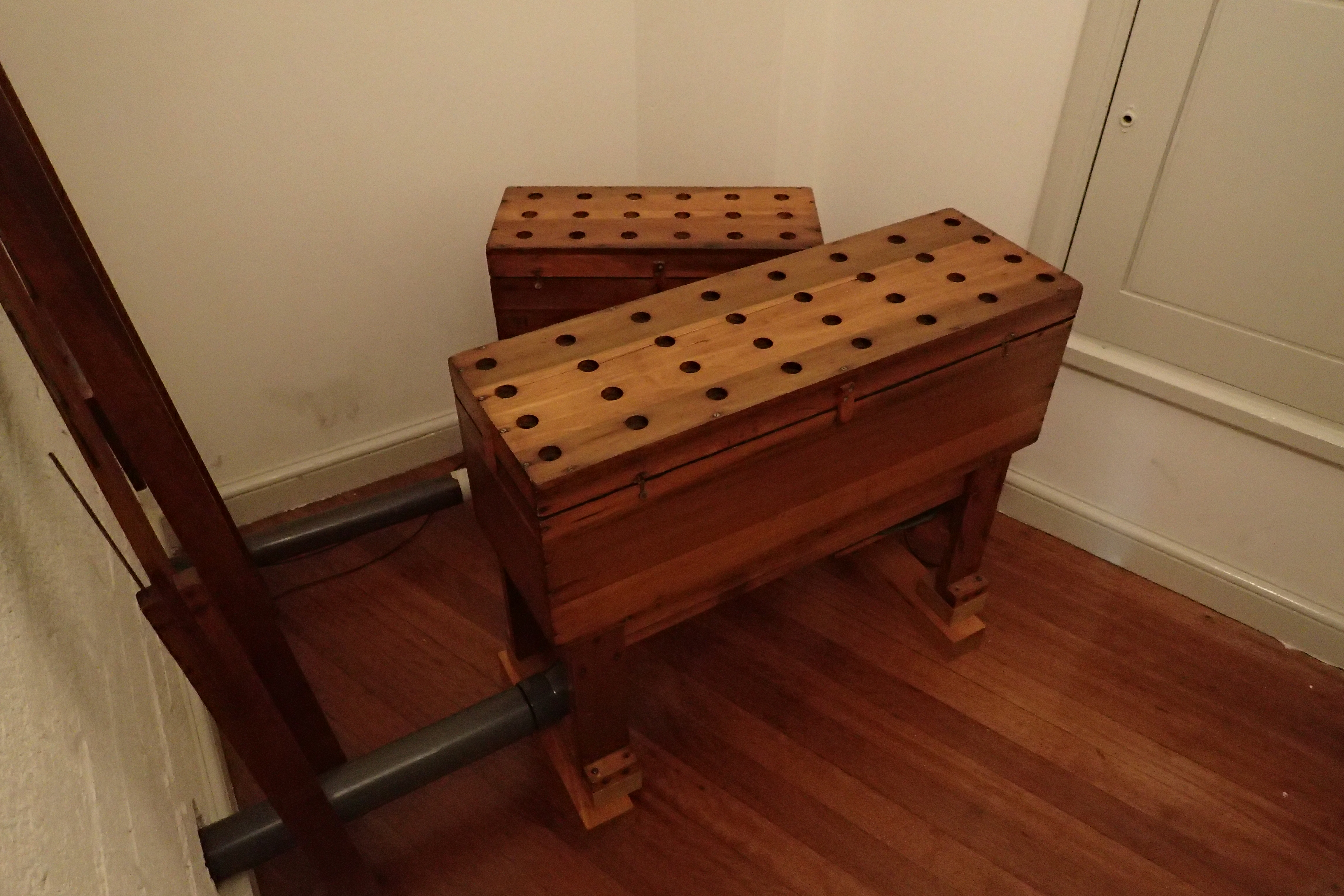Tremulants provide a periodic disturbance to the wind supply to the pipework, simulating (to a degree) the vibrato of the human voice or the orchestral instrument.

While most classical organ tremulants impart a steady wavering to the sound of the pipes, theatre organ tremulants are generally much deeper and provide a much more significant change to the sound produced by the pipe, due to pressure changes during the tremulant cycle.
The overall tremulant effect is determined not only by adjustments to the tremulant itself, but also the layout and set-up of the trunking, windchests and regulators. The main parameters are the speed, depth and shape of the tremulant waveform. The speaking properties of the pipes themselves also affect the end result.
One of the most distinctive sounds of the theatre organ is the Tibia Clausa with tremulant; without the tremulant the Tibia produces a relatively dull sound, but a correct tremulant set-up transforms this into a deep, rolling sound.
See further:
